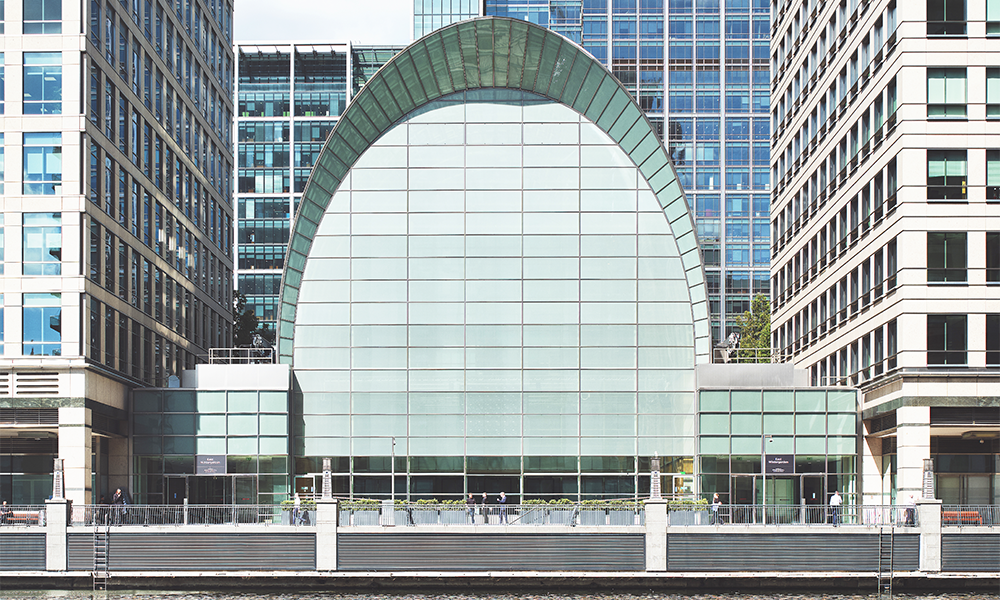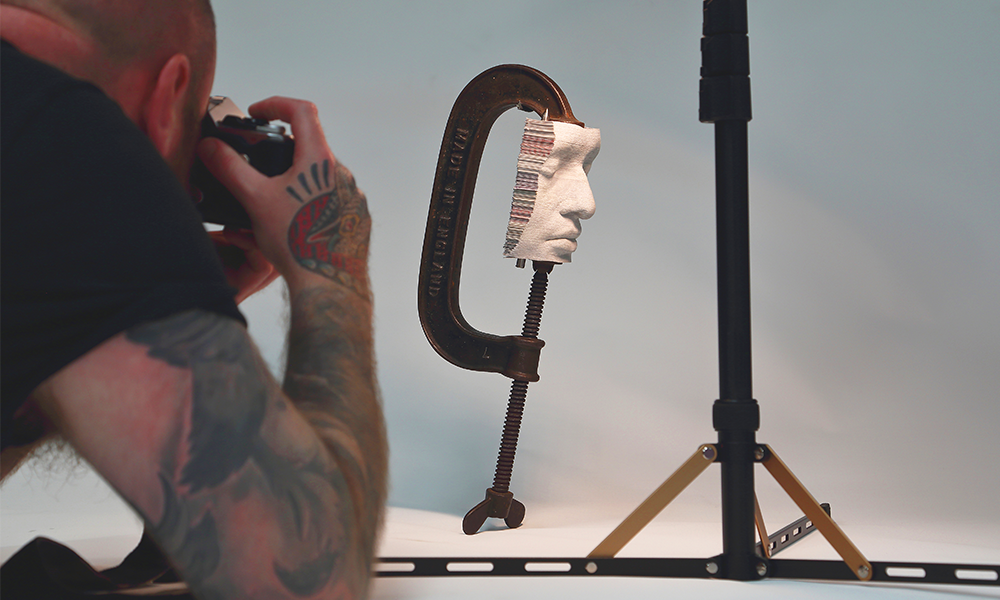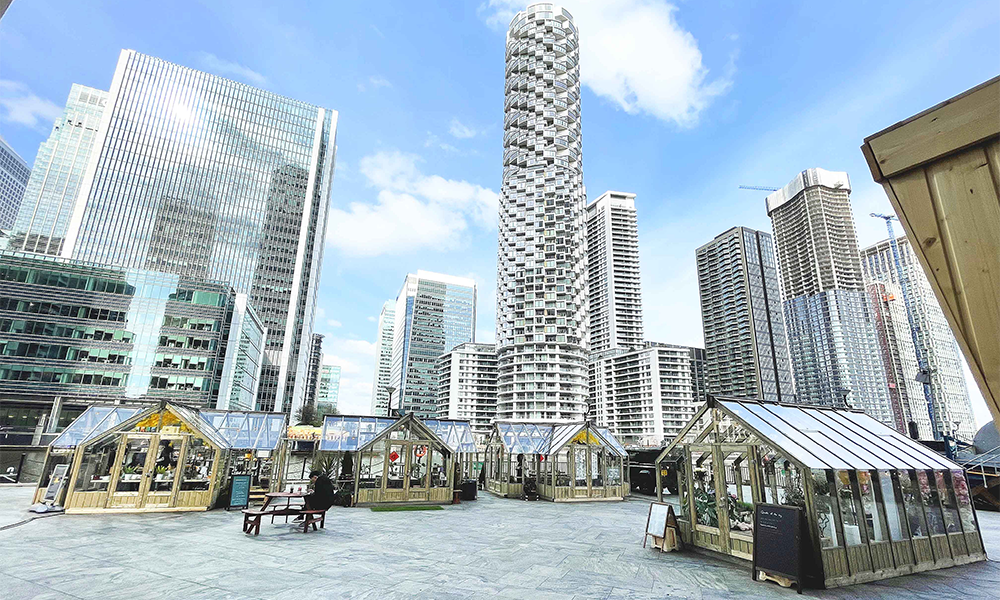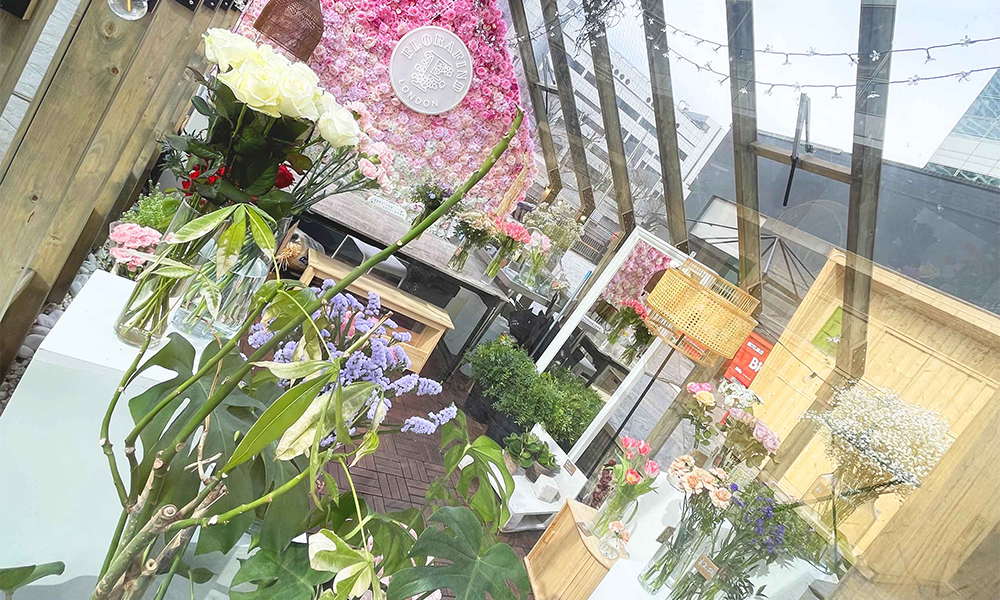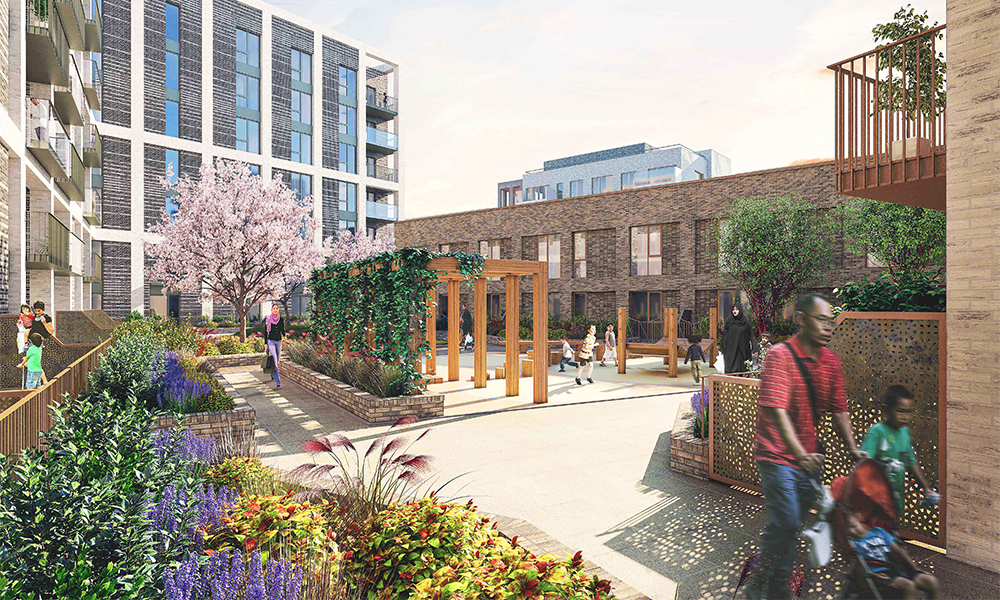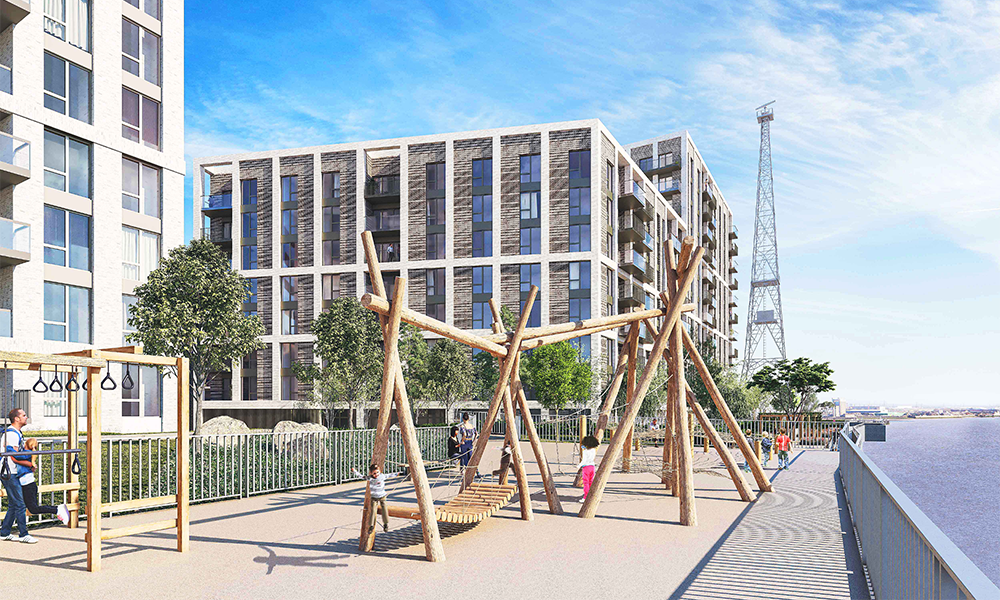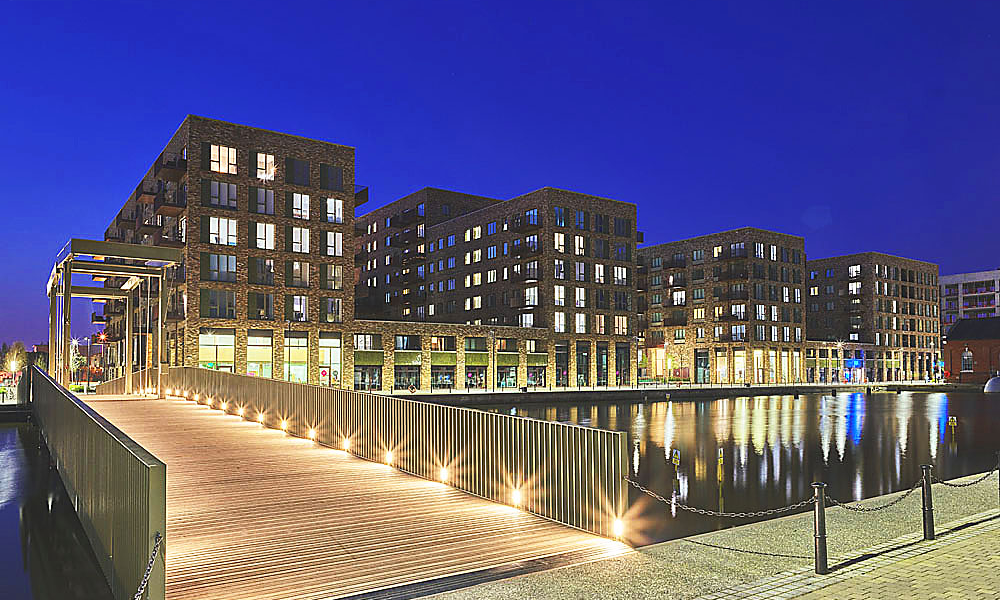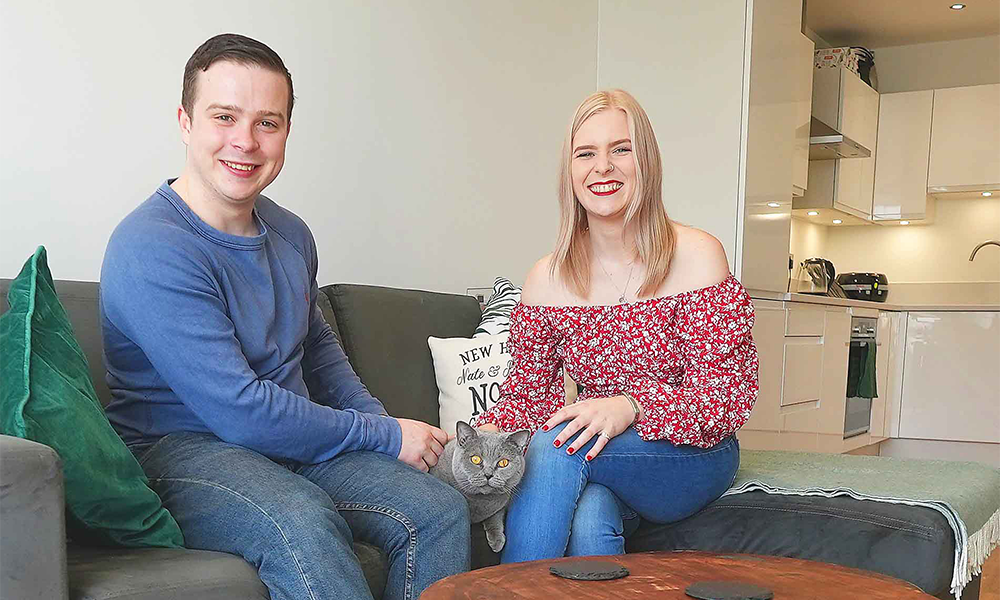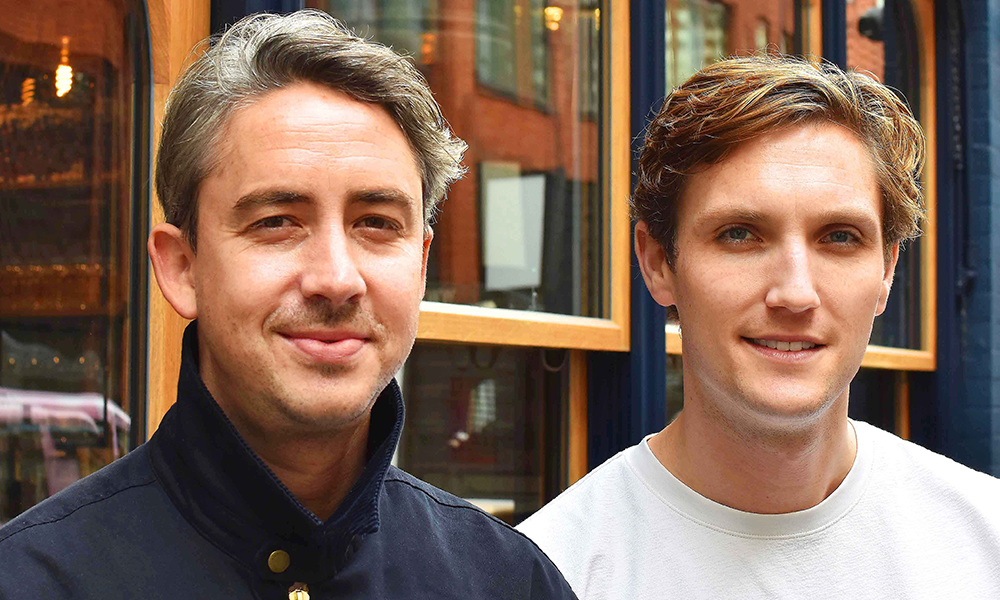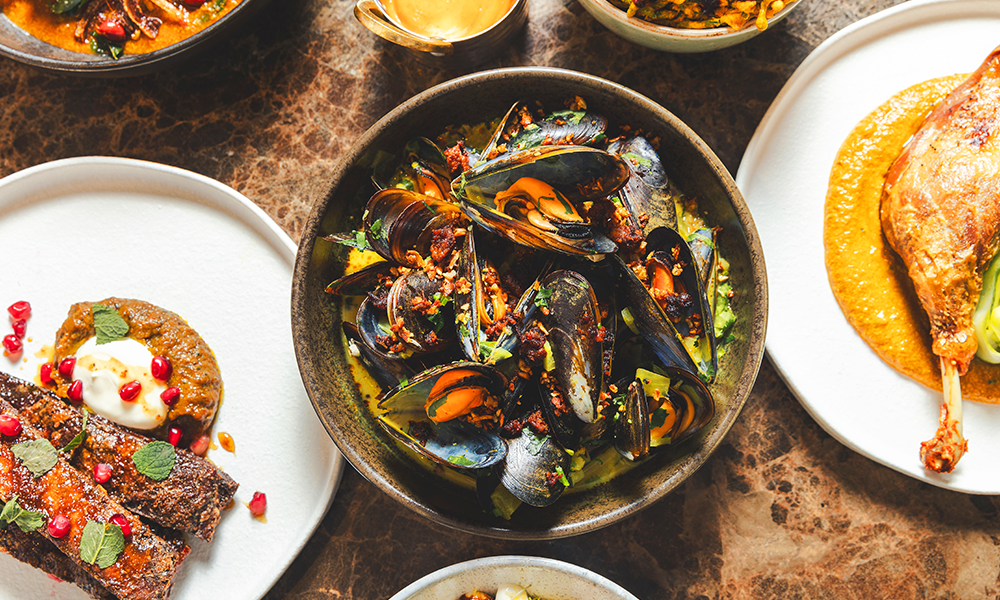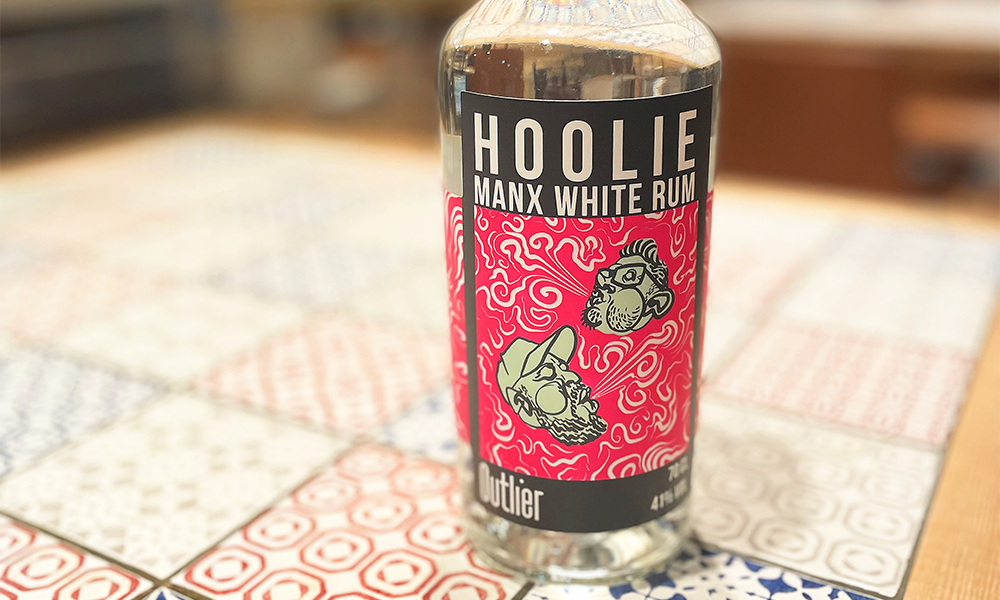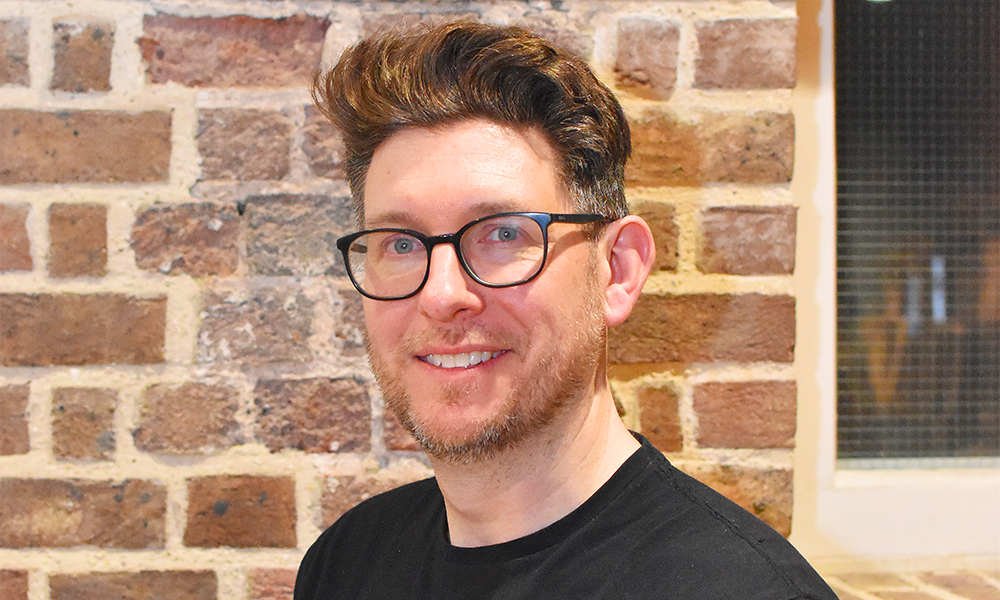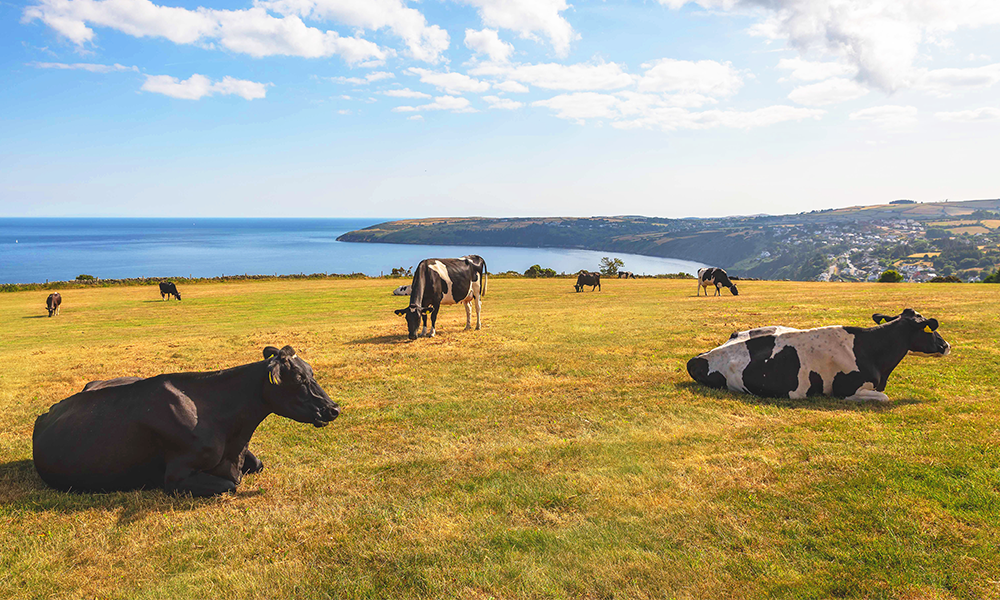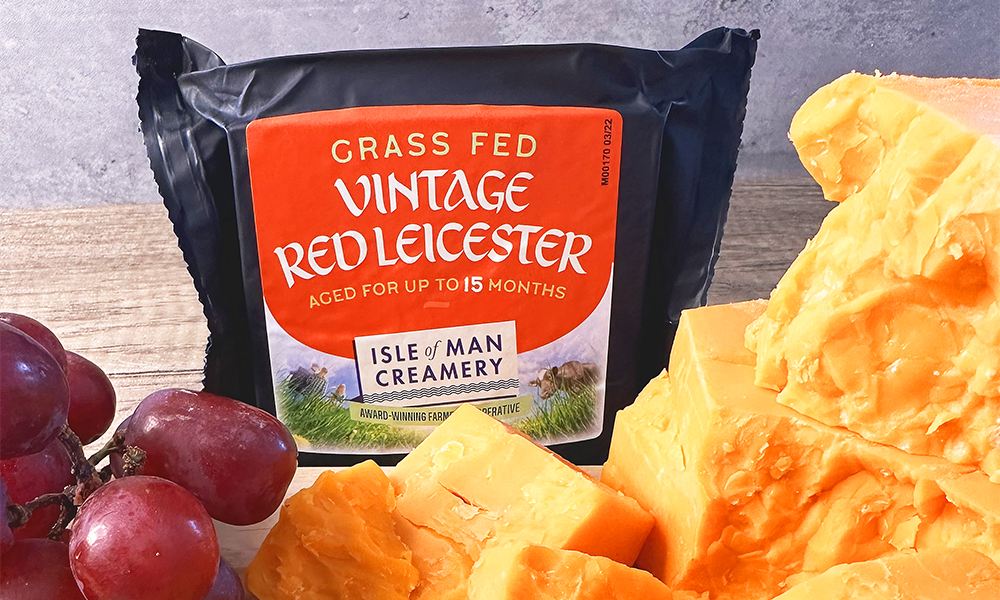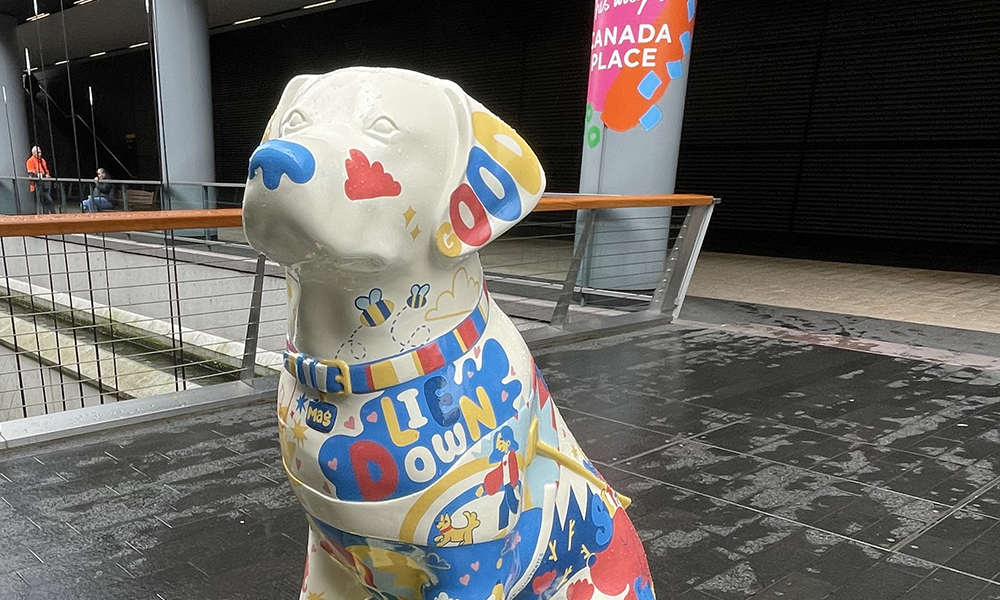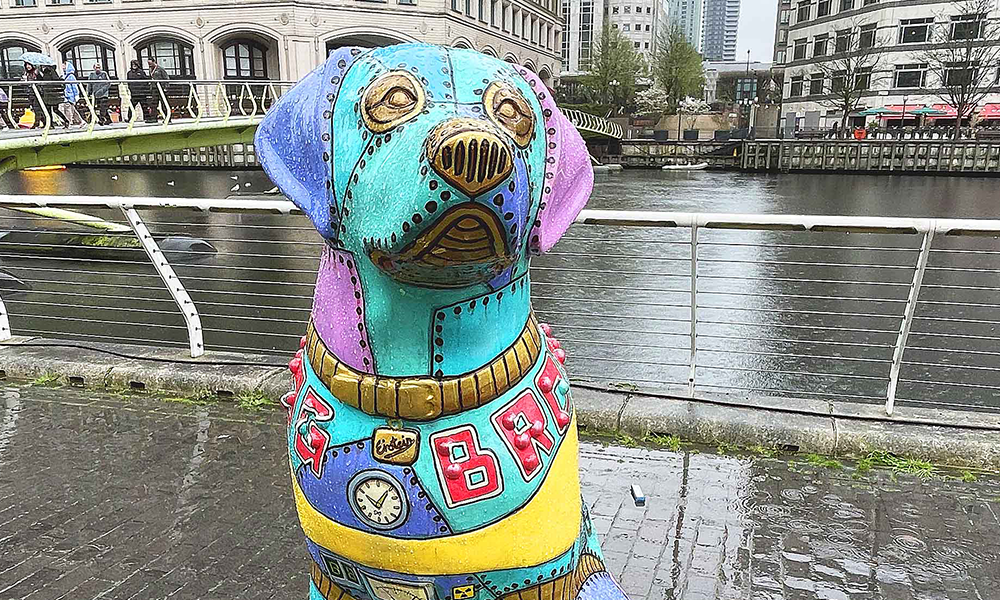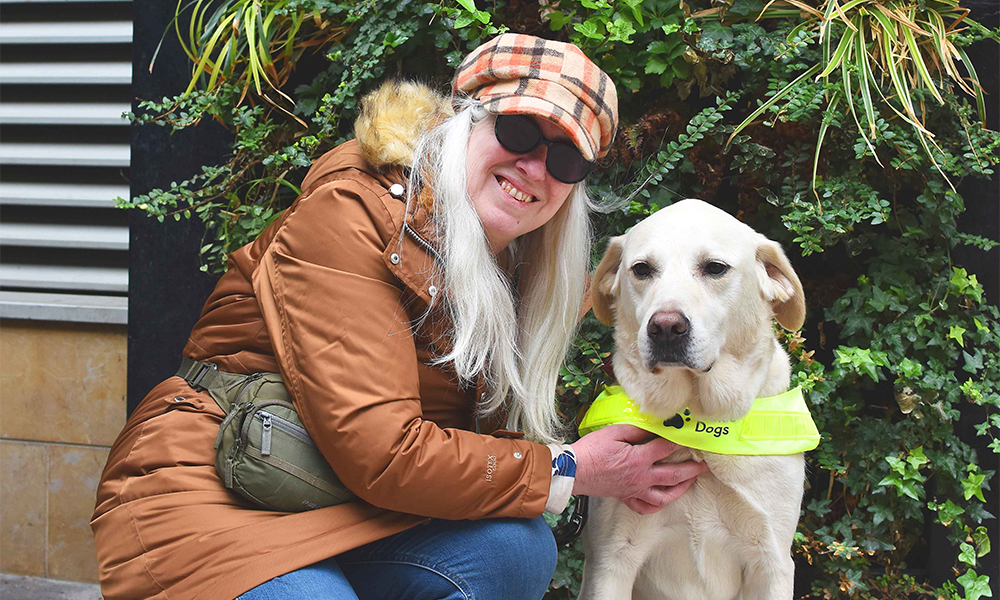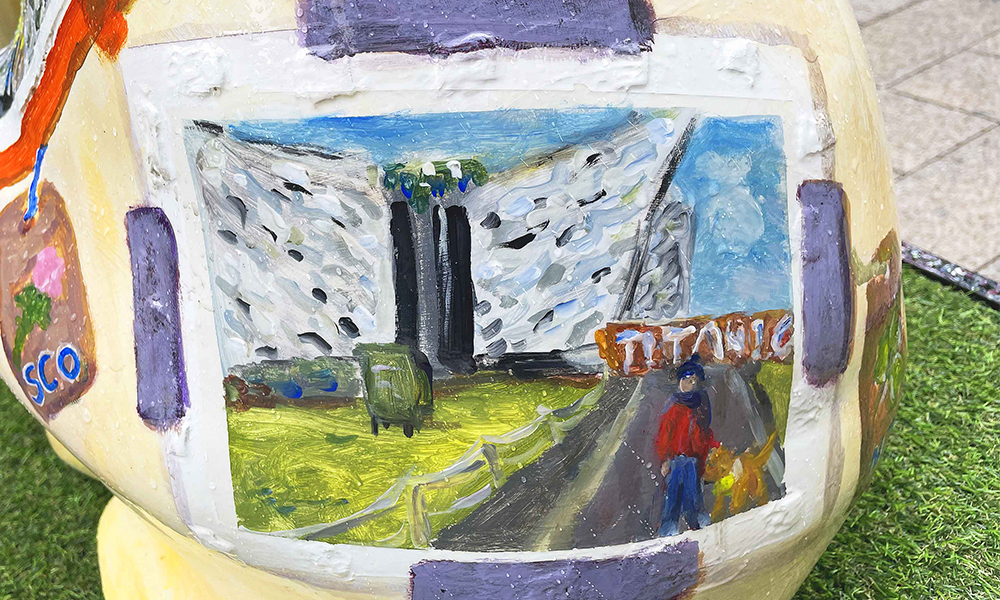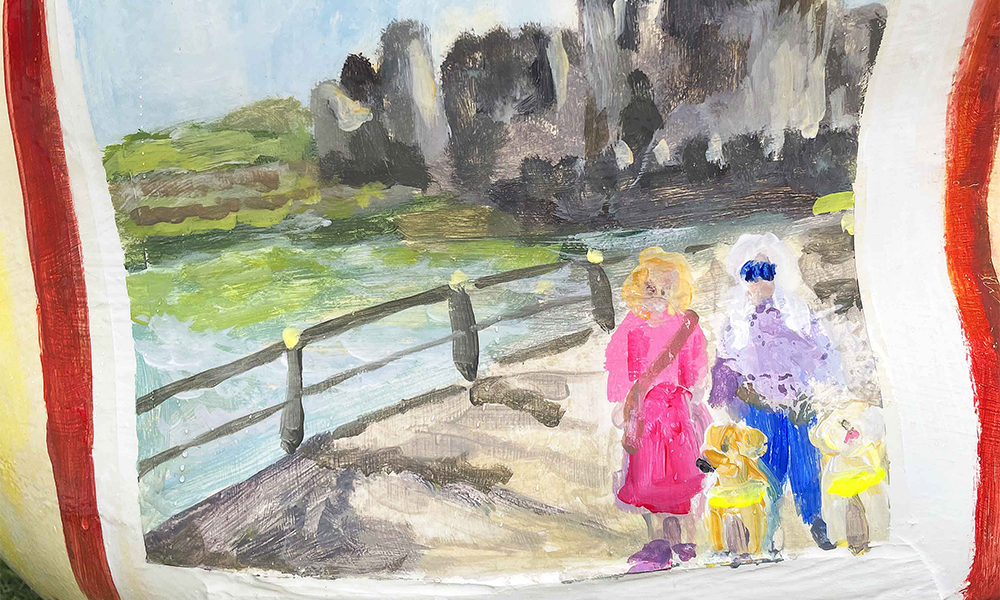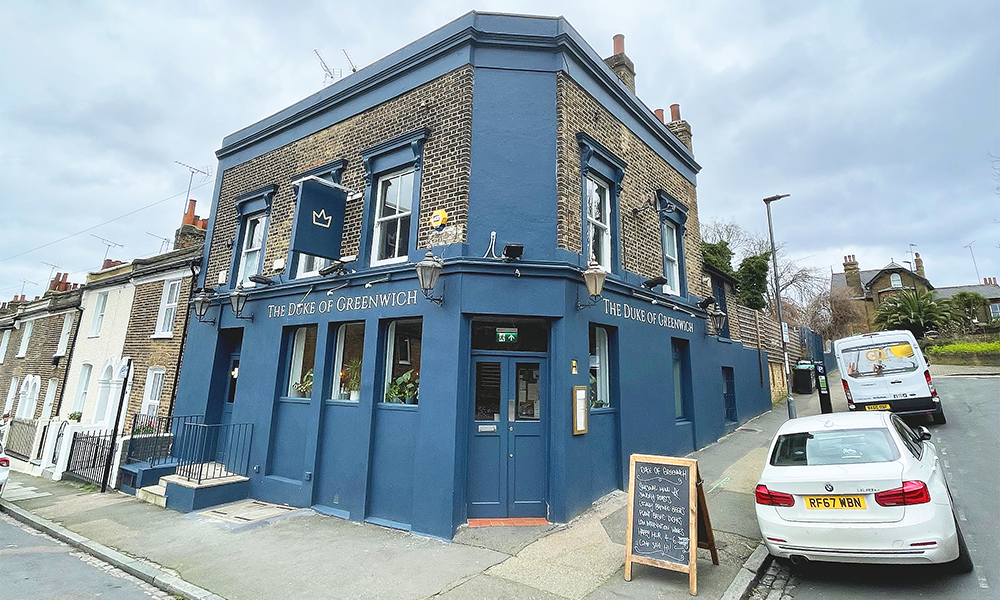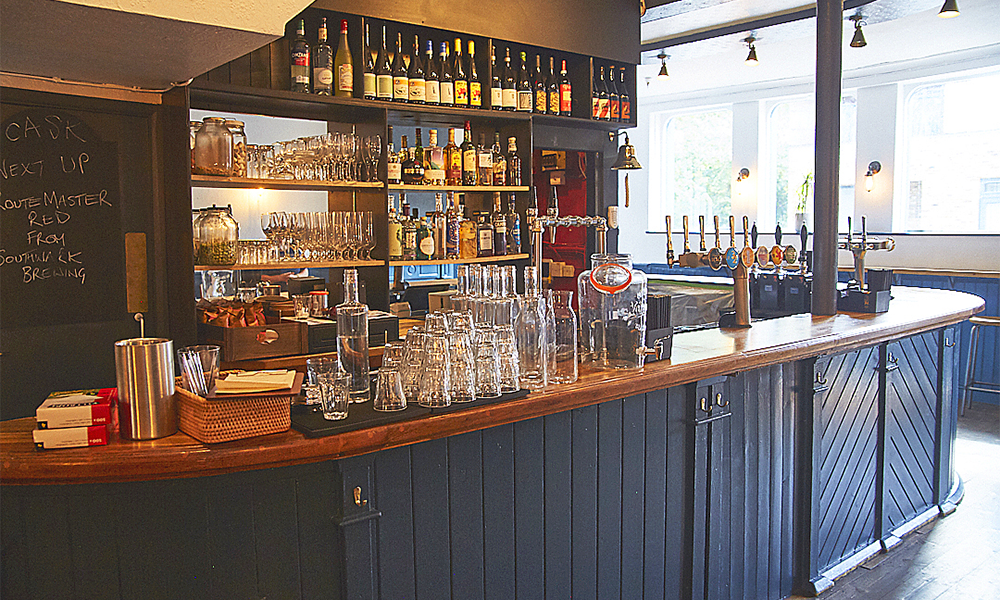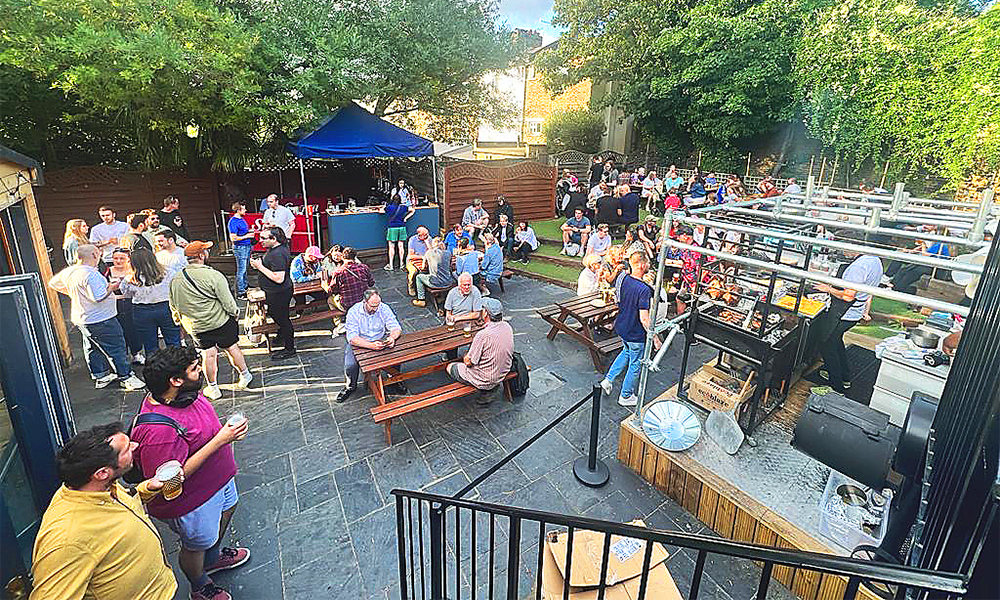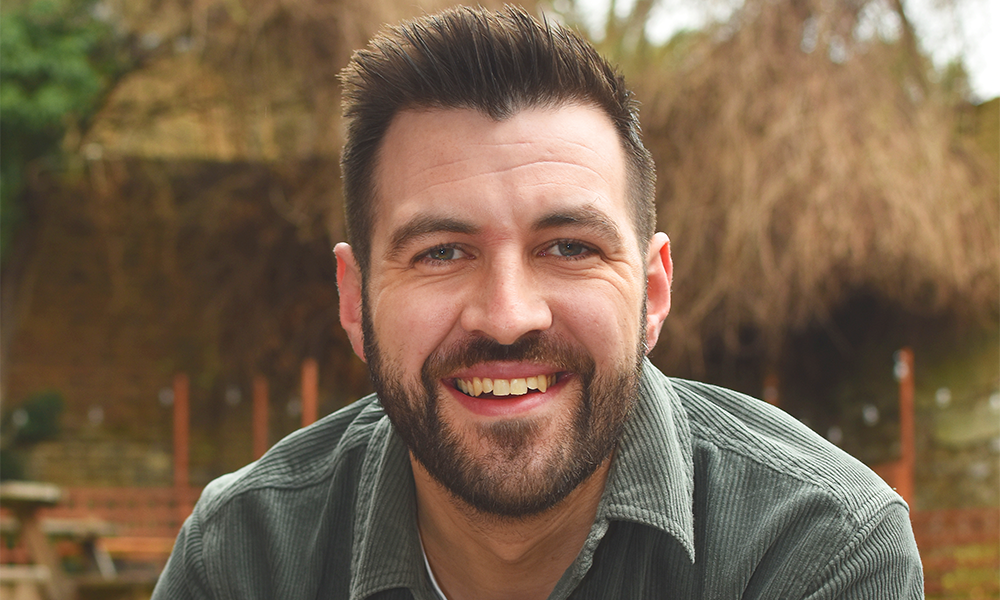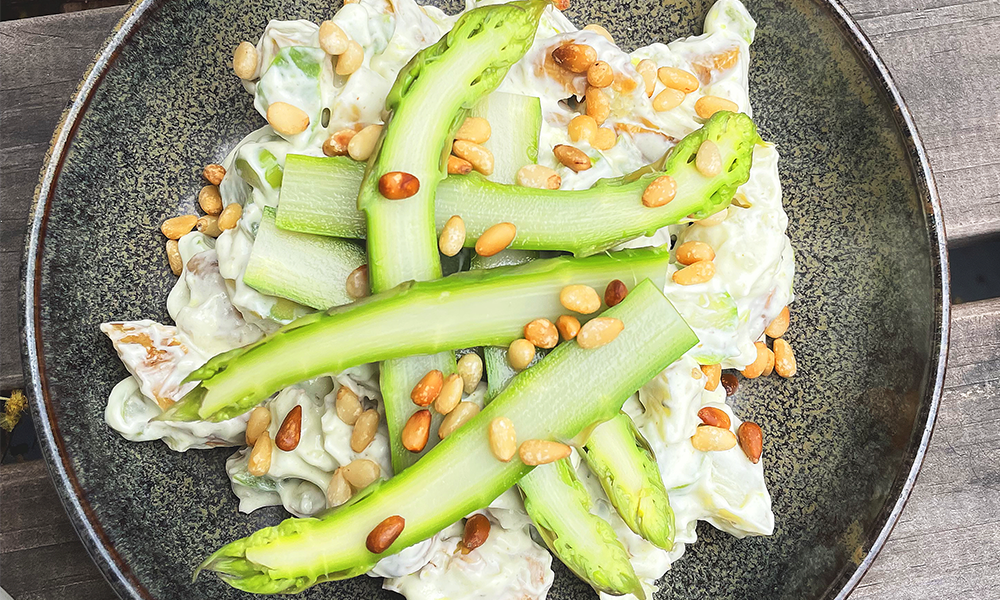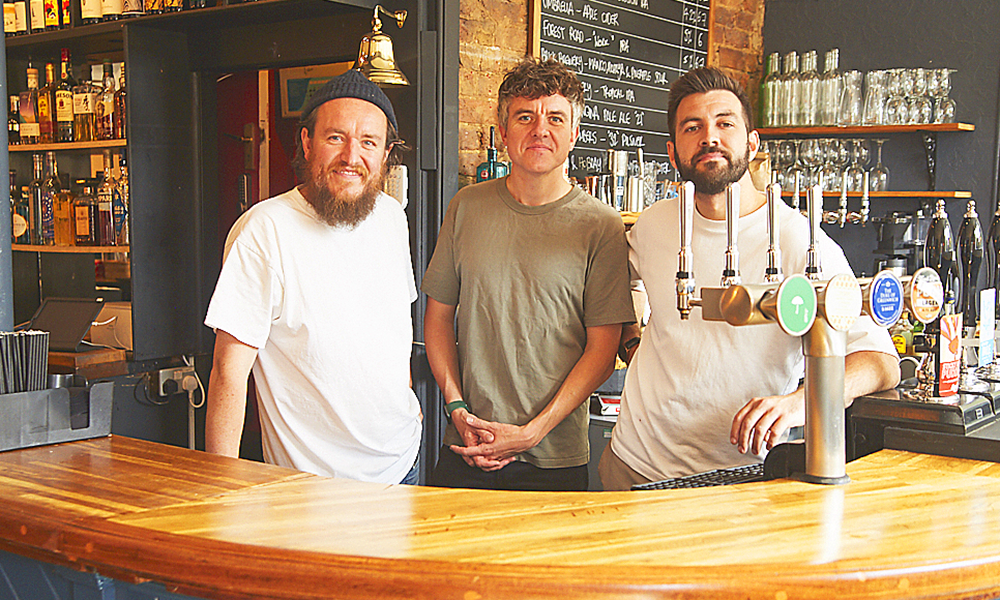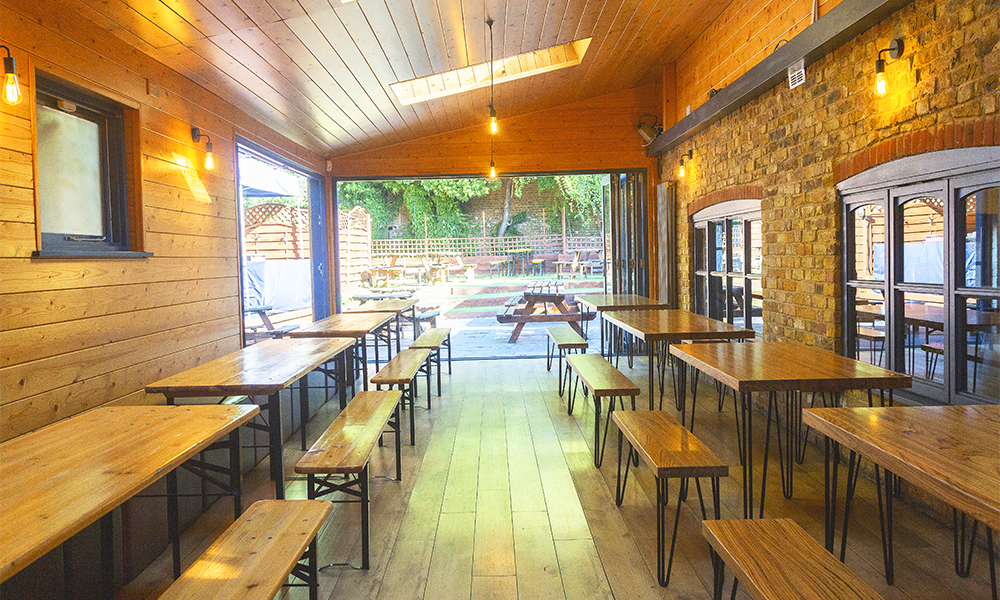Quadrant Estates and Oaktree Capital Management’s scheme has produced a wealth of cutting edge workspace on the dock edge
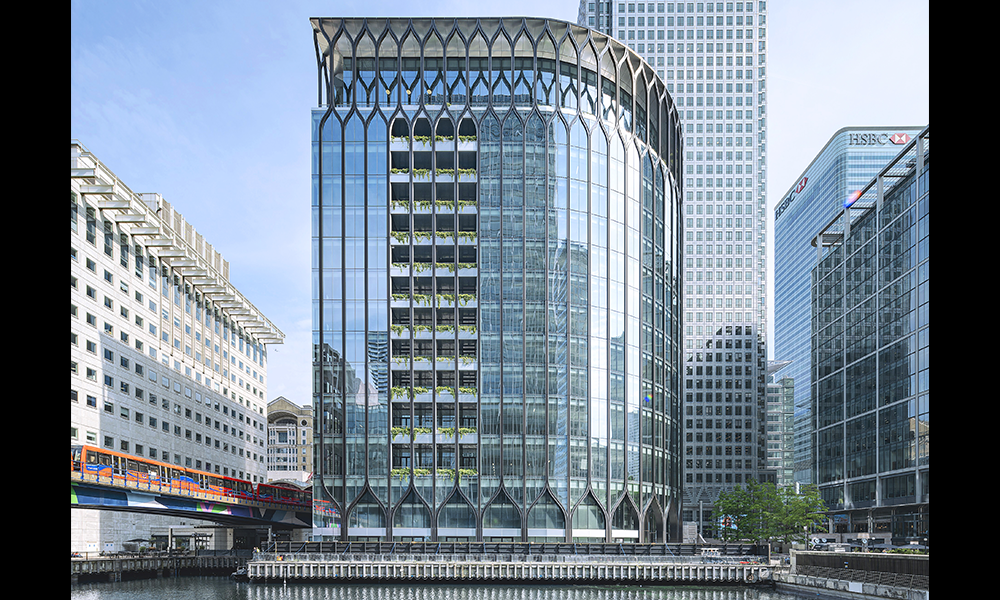
Subscribe to our free Wharf Whispers newsletter here
Canary Wharf is going through a period of renewal.
Often quite quietly, buildings on the estate are being refurbished to a greater or lesser degree – taking infrastructure that’s anything up to 30-plus years old and giving it a serious rethink to meet the demands of corporate tenants today.
Hard to imagine, perhaps, but large sections of the estate were designed and conceived before the internet was a thing.
While work on the likes of 25 Cabot Square and near neighbour One Cabot Square might have gone largely unnoticed – Credit Suisse employees barely getting to enjoy the renovation before the bank’s distressed sale to UBS meant relocation to the City – other projects have been more obvious.
The scaffolding has been up on Citi’s tower for some time and those arriving in Canary Wharf via the Elizabeth Line will likely have clocked 25 North Colonnade’s transformation into Cargo – complete with Market Hall’s street food traders and bars on its lower floors.
Arguably the most prominent project on the estate so far, has been the complete stripping back and refitting of 30 South Colonnade.
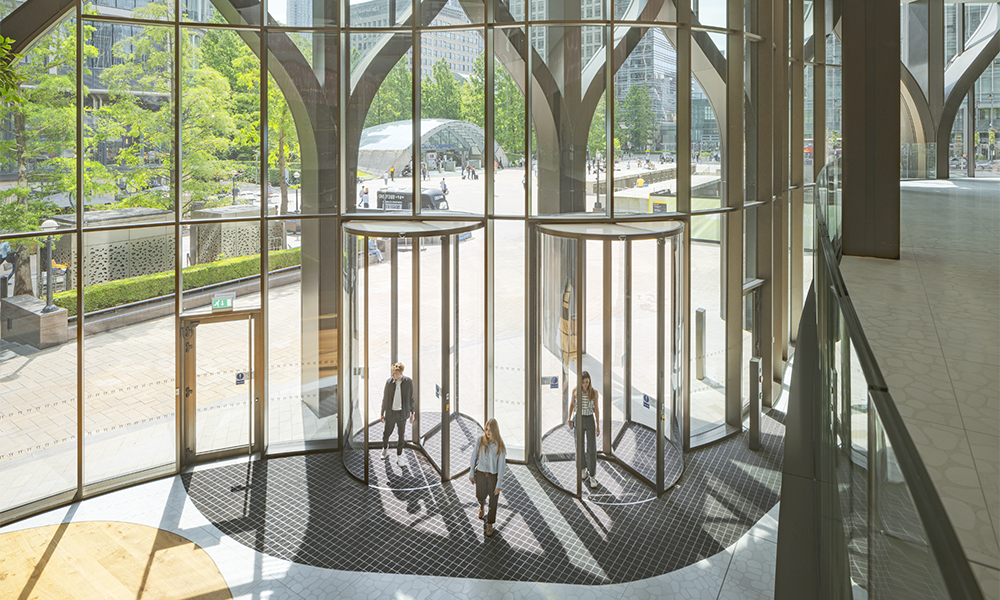
One of the original Canary Wharf buildings completed in 1991, for years its orange share price ticker greeted commuters arriving on the Jubilee line while it was home to Thompson Reuters.
It was bought by Quadrant Estates and Oaktree Capital Management in 2019 and, with the completion of the project to update it, one of the most recognisable buildings in Canary Wharf is now ready to embark on a fresh adventure.
Renamed YY London after its distinctive cladding, reportedly its top four floors are set to become home to the UK’s most valuable fintech company, Revolut.
The biggest success to come out of Canary Wharf Group’s Level39 will not have landed far from its One Canada Square origins.
But what will its staff and other future tenants be getting from this reinvented chunk of real estate?
“It’s a people-centred design, which will know where occupants are and will respond to them,” said Yohance Harper, partner at Quadrant.
“From the community point of view, the downstairs reception lets you link into a space where you can have coffee, be comfortable and come and sit, away from the office.

“It also gives you planned interaction with other floors and colleagues, which is always great.
“The LED display as you come in is inspired by the Reuters news ticker, but also connects to the water, nature and the weather outside – so visitors will always have a varied experience.
“The systems have all been designed to tie together to make the building a really comfortable environment to work in.
“People are coming back to the office now and they want a Grade A space – this building addresses that really well.”
A tour reveals an attractive package for firms considering a move. Underfoot there are floors tiled in outsize terrazzo, a living tree in the multi-level reception area and access in direct from the Tube exit for the first time.
The building’s curious central void has been filled in housing lifts and lobbies with sustainable walnut flooring and a central staircase that’s been deliberately exposed and lit to encourage people to walk between levels rather than take the lifts.
In fact, there’s a focus on wellness throughout with antibacterial bannisters, UV filtration systems and plenty of cycle storage that comes complete with changing facilities and showers.
Nearly all floors also have outdoor space, with a communal event space and terrace on the roof that will host wellness classes from Third Space once a quarter.
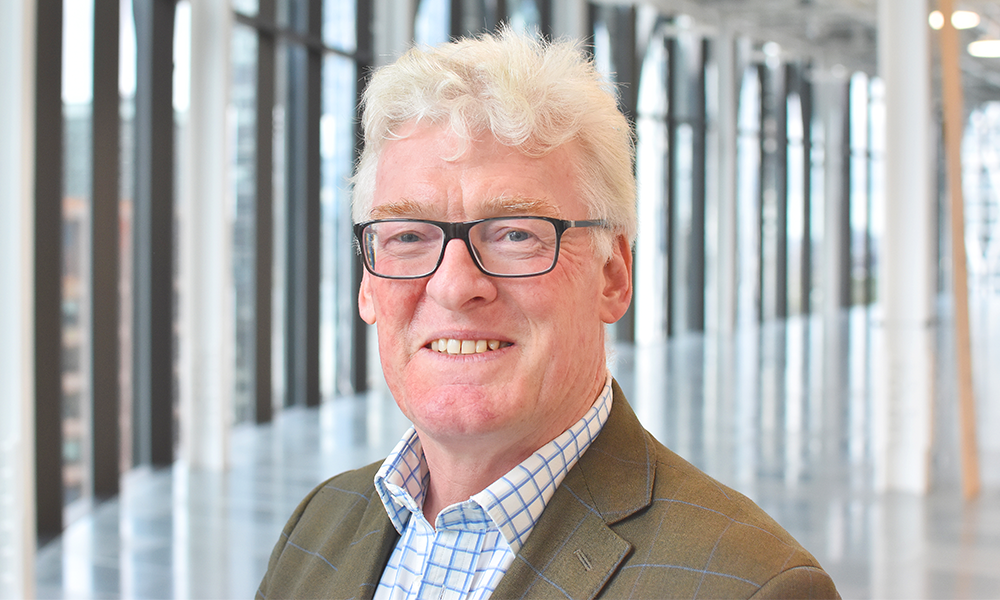
Gone are the small square windows and white marble cladding of the original design.
YY is all about big, bold glazing, plants draping down its exterior and bathing in healthy light inside and out despite being at work.
“We had a year before the lease expired when we bought the building to work out a scheme for it,” said Tristram Gethin, founding partner at Quadrant.
“We brought in architects Buckley Gray Yeoman who have done some stunning refurbishment work and they came up with what you see today.
“We took off the top two floors and added three new ones, relocating the core services into what had been the atrium.
“Outside space was a key requirement and we’ve added that on every level except the 12th floor and also added an incredible terrace on the top.
“Today we have a 415,000sq ft building ranged over 14 levels and we’re extremely proud of the space we’ve created – it’s fantastic.

“It’s a complete change of design and feel for a building in Canary Wharf and it’s been really well received by everyone whether that’s workers in the offices or residents.”
With two restaurants and a cafe also set to take space in the building, those lamenting the loss of All Bar One and The Slug And Lettuce have plenty to look forward to.
While the identity of the future hospitality offerings remains under wraps, there’s recognition that adding to the mix on the estate is all part of what makes it an increasingly attractive proposition for companies.
“In the City, we’ve seen a huge take-up and the supply of Grade A office space is limited,” said Tristram.
“Canary Wharf still offers very good value for money compared with the West End where you’re looking of rents at £120-£200 per sq ft.
“In the City, new Grade A office space is going to have to be £85-£100 and so a new development here makes sense.

“For us, the rents are around £55-£65 – exceptionally good value.
“YY London is slap-bang in the middle of Canary Wharf with the DLR and the Jubilee stations so close – it couldn’t be more central.
“The Elizabeth Line is only a two-minute walk away.
“I’m a great believer in the Wharf. A mixed-use destination is much more attractive to people coming in and that’s what it’s become.
“There are more people here now than ever before and it’s continuing to grow all the time.
“It’s quite a young population living here too, which is also good.
“I think the Wharf has been reinventing itself and many people have not been so aware of that.
“Some remember only the estate as it was 15 or 20 years ago and see a very changed place when they visit now.
“I think Canary Wharf Group is doing a fantastic job promoting the area, but that needs to continue so that people become more aware of what it has to offer.”
One of those attractions is sustainability – something the YY London project has at its heart. It’s an all electric building and benefits from being a refurbishment rather than a completely new venture.
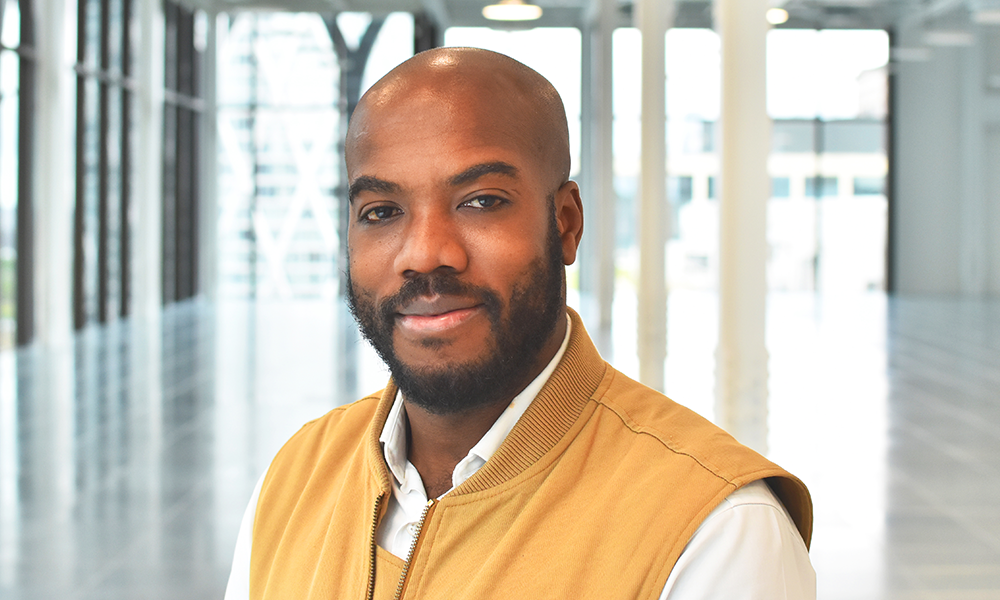
Yohance said: “We’ve reused and maintained a lot of the main structure by really going into great detail with the design team.
“Buildings are one of the major contributors to carbon emissions around the world and that’s helped us reduce our impact on the environment.
“Then our tenants’ presence inside will be key.
“YY London responds to that in every way whether it’s the lights in the lifts to the air temperature and lighting in a meeting room that’s been booked.
“All these things help the building to be more efficient in terms of energy.
“We feel all this is a very solid statement in the next step of development in this area and it’s going to be very exciting to see what else it inspires.”
All electric, YY London is targeting an impressive array of sustainability measures including BREEAM Outstanding with reduced water consumption, smart systems, low energy lighting, central heat pumps and a great deal more.
With Canary Wharf Group’s initiative to bring a wealth of biodiversity to Middle Dock in partnership with the Eden Project, right outside YY, there are, perhaps, no greener locations to admire the coming flora and fauna.
But make no mistake, Quadrant and Oaktree’s scheme is certainly not austere or uncomfortable.
From its richly planted roof terrace to the numerous partnerships it intends to enter into with local businesses, life at YY London should be rich, from dry cleaning to getting your bike fixed.
This place has it all.
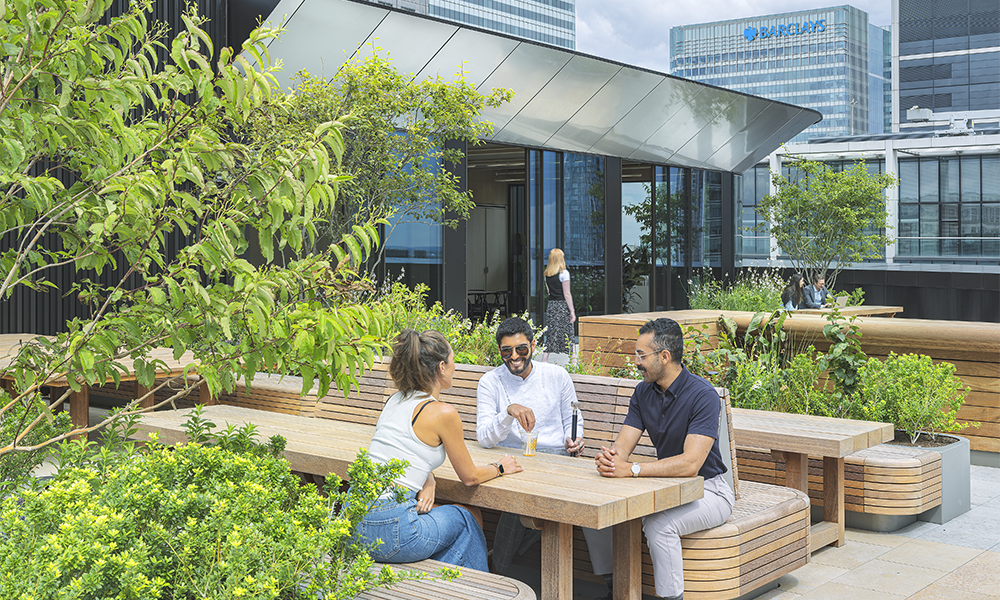
key details
Space at YY London is available now, with tours available to interested parties.
Floorplates of 30,000sq ft or more are available on levels one through nine at present.
Find out more about YY London here
Read more: How Kircket is set to bring its Indian cuisine to Canary Wharf
Read Wharf Life’s e-edition here
Subscribe to our free Wharf Whispers newsletter here
- Jon Massey is co-founder and editorial director of Wharf Life and writes about a wide range of subjects in Canary Wharf, Docklands and east London - contact via jon.massey@wharf-life.com




